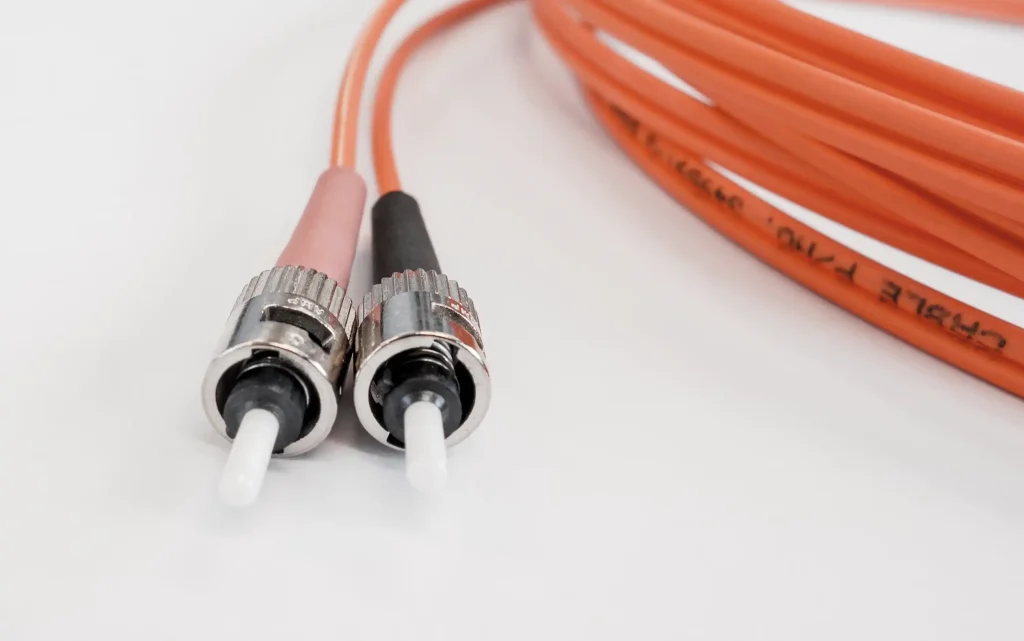Optical and HDMI cables are among the common ways to connect different displays, such as monitors and TVs, to other video and audio equipment. Both cables can transfer high-quality signals across your devices. But if you can only get one, which will be your choice?
This article will compare HDMI ARC vs. optical cables side by side. Please check it carefully to determine your favorite!
What Is The Difference Between HDMI ARC Vs. Optical?
ARC stands for Audio Return Channel. The HDMI ARC cable is a kind of HDMI that can transmit both video and audio signals between your TV and a separate speaker. Optical cables are audio cables used to join multiple devices in a united system.
We use the two cables to connect devices, and they can handle multi-channel audio data nicely. However, the optical can’t work with the video signals, while the HDMI ARC cables are good at that.
There are differences between the two types of cables. We will walk you through each factor so you can settle on the more suitable option for your system.
Sound Quality
Both cables can carry multi-channel audio across the devices. Moreover, they are compatible with many audio formats.
Optical cables offer fewer options as they only work with 5.1 surround sound. It means that your options are DTS, Dolby Digital, and Stereo.
On the contrary, HDMI ARC cables allow audio codecs used by more current devices, including DTS HD, Stereo, Dolby Atmos, Dolby TrueHD, and DTS: X. HDMI ARC offers more audio formats than optical connections, although it does not allow 7.1 surround systems.

Video Quality
Optical cables can’t support video. It’s one of the main reasons people switch to HDMI ARC connections. Yet, each HDMI version has a different video quality.
For example, in 4K media, the 2.1 version offers 120 FPS (Frames Per Second), while the 2.0 version can only support 60 FPS. However, the key here is that HDMI can support videos.
Optical cables are not compatible with videos. Hence, you need extra cables to complete your system. Please note that an inexpensive HDMI and optical cable will cost more than a high-quality ARC cable.

Construction
Copper is the primary material used to make HDMI cables. You can easily find this material in electronic cables because it’s cheap and easy to manufacture.
Yet, it has the drawback of being vulnerable to electromagnetic interference.
On the other hand, the material used to make optical cables is glass fiber optic strands. It’s costly to produce, but it can deliver the signals via light instead of electrical currents. As a result, it can resist external interference.

Cable Length
The cable length affects audio quality and external interference. However, most people don’t notice the difference because they place their TVs, soundbars, and A/V receivers near one another.
The maximum distance that optical cables may transfer audio is 30 meters. These cables will work best if you want a strong connection all over your home.
Unfortunately, HDMI ARC cables start to reduce their sound quality after 15 meters because they use low voltage. It will limit how far they can carry signals.
Comparison Cable
|
Criteria |
HDMI ARC |
Optical |
|
Sound Quality |
Excellent |
Good |
|
Video Quality |
Good |
No support |
|
Construction |
Copper |
Glass fiber optic strands |
|
Cable Length |
15 meters |
30 meters |
Which Should You Choose?
Both kinds of cables have their own benefits and drawbacks. So which should you choose? There are some cases where one outweighs the others.
You should use the HDMI ARC if your devices support high-resolution audio, such as Dolby TrueHD or DTS: X. HDMI ARC is also a good idea to upgrade your audio setup in your home theater system. In this case, you need one cable to handle both audio and video.
On the other hand, the most significant advantage of optical cables compared to their HDMI competitors is the less interference. So, you have to use these cables if you have a 5.1 surround system. They can work with older devices too.
Final Verdict
Optical cables will be your best choice if your setup only includes a TV and a pair of external speakers. However, if you have many devices that playback high bandwidth sound, you may need HDMI ARC cables to take advantage of the extra capacity.
Have you made up your mind? Do not forget to share your experience about your choice with us. For any further information, please feel free to ask. Thank you for reading!






